If You Sell Online You May Accidentally Make These Mistakes
There are a number of mistakes you may make when you first start to sell online. These mistakes may be common for Teachers Pay Teachers sellers. Reading through the following list will give you an idea of where you should start learning so you don’t make similar mistakes.
Use this list as your “curriculum” as a new teacher-author. If there are things that you don’t understand or need more clarification on, follow the links provided or leave a question in the comment section below.
Keep in mind that these “mistakes” are not major issues. You can make more than one of them and still be successful and sell online with Teachers Pay Teachers. It may take some time to go back and fix mistakes but they are not detrimental.
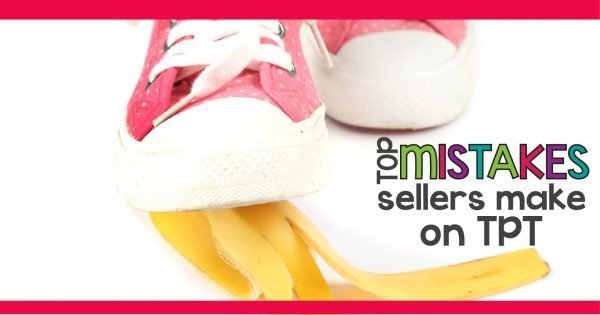
Mistake #1: They don’t learn to make quality products.
You might have the best idea for a resource or lesson. It could save a teacher hours of prep and be the best lesson that they teach all year. Teachers spend their own hard-earned money on lessons and resources most of the time.
If you are not selling quality products that are easy and quick to process and start using, you will not see return customers and you will not get positive feedback. If your products have multiple typos, are poorly formatted, or don’t print properly then you will be chasing away customers instead of pulling them in.
Solution #1:
Learn to use your spell check or get a grammar checking program. Go back over your products and make sure you formatted everything in a uniform way. Print your products and make sure they are user-friendly.
**Not every product is going to be 100% perfect right out of the gate. You can go back and revise products (they even have a note section that you can share your updates with your customers).
Finished is better than perfect…but that is not the same as saying “sloppy is good enough”. If it’s worth doing, it’s worth doing well.
How was that for 3 cliche sayings in less than one breath!!
Mistake #2: They think that looks aren’t important.
Just because you don’t like rainbows and butterflies does not mean your students won’t. I’m only half-way kidding. You might not like the bobble-head clipart that is all the rage, but most buyers do.
Too many teacher-authors think that they can just throw up the lesson with no frills, no cover and that the content will sell the lesson. It might be a fabulous lesson, but if you don’t hook your buyers with an eye-catching cover and a quality designed lesson, you won’t be making many sales.
It’s easy to think that you can get by with free clipart. This is one of the major mistakes sellers make when they are first starting out.
Solution #2:
Purchasing quality clipart to dress up your lessons is how you attract more customers. Learning how to design a decent cover and resource is how you make a sale. You need to invest a little money to make more money.
That doesn’t mean you need to break the bank and buy all the clipart, but you do need to invest in a few decent sets, some fun fonts, and a few backgrounds that you can repurpose for multiple resources. Shop strategically and you can reuse art and still make decent sales.
Mistake #3: They price everything too low.
Most newer sellers think they have a better chance of making money by pricing everything really low. Don’t do that. Teachers are frugal but they also like quality. They will examine your product from every angle and see if it is worth the price you are selling it for.
If you are offering over 20 pages of content and only asking $1, they are going to think something is wrong with the product. Don’t undersell yourself. If it’s worth $4.00 and you would pay that much to have the resource for yourself, then price it that way!
Solution #3:
Know how to price your items. The general rule of thumb for pricing teacher resources is between .10-.25 per page (lower for less content and higher for more content/harder concepts, creation time, etc.)
Price your products as whole amounts or in 25 cent increments. Teachers don’t fall for the .99 trick. Call it $1 or $3 but not $2.99 or some other random amount of change.
Pro-Tip: Create a line of products that you can sell individually and as a bundle. This gives you a higher price point in your shop. You have a better chance of selling the WHOLE line if a teacher likes 3 or 4 of the lessons in the bundle.
Mistake #4: They don’t show their buyers what is in the product.
Not showing your potential customers what is included in a resource will make them click away and find a similar product that does have a preview to buy.
Remember that point about hard-earned money?
Would you buy a $4 resource site unseen? What about a product that didn’t have a quality description that told you all the details, subjects covered, ways to use the resource, etc.? Why should your potential customers? This is another one of those common mistakes sellers make.

Solution #4:
Create a preview for your product. It can be a collage of the pages included or it can be the whole resource with the word “preview” across the front. Lock it down and upload it to the preview section. Make it so there is no mystery about what they are getting for the amount of money they are spending.
This goes for descriptions as well. It’s very common for customers to NOT read the entire description and then ask questions about the resource that you have already covered. But it’s better to describe your product in more detail than less.
How many pages? What standards does it cover? Do I need anything extra or special to use the resource? How well has the lesson worked in your own classroom? These are just a few of the things you can cover in your description.
Mistake #5: They think that if they list it buyers will find it.
Once a product has been added to their stores, most new sellers think that it will now be visible to all the teachers who come to TPT and will sell like hotcakes. They sit and wait and all they hear are crickets. No magical “cha-ching” rings out of their phone. Just silence.
Solution #5:
You need to get the word out there about your new shop and your new products.
Create pin-worthy images and add your resources to Pinterest. Create a Facebook page or group and share tips and tricks on how to use your resources. Hop on Instagram and post pictures of your latest creation in action.
Maybe you use it in your classroom with your own students (be aware of media release permission on this one…pictures of the back of a student’s head or their hand holding a resource are the safest option).
The point is you will have to spread the word about your products to get more traffic. A decently written title and description will only get you so far when you sell online. Learn to market your wares.
Mistake #6: They jump right in with no plan for style or design.
It’s exciting starting a store. And overwhelming. Maybe you don’t know what direction you want to take yet so you are trying a little bit of everything.
That’s okay. But at some point, you will need to bring it all together into a solid and cohesive shop. There are loads of sellers who post in the forums about having to “re-do” all 100 product covers because they didn’t start with the square covers or a specific design.
Solution #6:
Pick a general style that you like. Research covers or main images that catch your eye and break them apart to see what it is about them that you like and then incorporate those elements into your own covers.
Pick a color palette that works for your brand and try to stick to the same range of hues. Don’t just throw-up the rainbow and all the fonts (well unless that’s the way your brand is going to look…then, by all means, go for the gold!).
Mistake #7: Creating resources using Microsoft Word to sell online.
Don’t do it!! Just don’t do it. Microsoft Word is a word processing tool. Not a design tool. This is one of the biggest mistakes sellers make. This one is easily avoidable and making the right choice for a design tool will save you a TON of time.
New sellers who use Word spend more time figuring out how to format a design when they could have already made 10 other products with a different program. Not to mention all the things they could have been researching about securing products, marketing their shop, or creating pins!
Solution #7:
If you want to use a Microsoft Office program then you should use PowerPoint. It works great for designing resources, there are a ton of tutorials for teacher-authors (or just random tutorials that will help you accomplish what you want to create).
Another option is Google Slides. It works similarly to PowerPoint with a few limitations. If you choose to create resources to sell with Google Apps you will need the business or commercial account which costs $5/month.
My personal favorite is Adobe Illustrator. It’s fast. Powerful. And I can create quality products in way less time than it takes me to create them in PowerPoint.
You can also buy templates and clip art that help you speed up your design process. No need to figure out how to get the perfect spacing on lines, how to set up your worksheet base, or make your boxes perfect. All that is done for you.
Mistake #8: Not cross-selling products in the description of your resource.
You have grabbed a buyers attention with your fantastic cover. Your description is spot on and they are going to add your product to the cart.
They don’t know that you have the same product ready to go for each month. Or for different themes. And they don’t have time to go browsing through all your products.
Teachers are busy and they are usually purchasing something to help them out tomorrow or next week when they are going to be slammed with extra duties. They don’ have time to browse through your whole store. Help them out!

Solution #8:
Cross post your items. Add a link and a quick blurb about another product that goes well with the one they are viewing so they can quickly navigate to that resource and possibly add it to the cart as well.
This helps them out and helps you out by showing them more of your great resources!
Mistake #9: Not including a credit page when they first start offering products.
It’s a pain to go back and revamp all your products after you have them secure and listed. Not that you won’t have to occasionally, but getting your ducks all in a row right off the bat will help save you time later.
As a seller, you need to provide a credit page that shows which artists have work in your resource. This is part of their TOU (terms of use) and it is required if you want to use their work in your products.
Solution #9
Create a PowerPoint template or Illustrator template for your credit page that you can save separately. Each time you create a product, double check that the artists with featured work are listed and then include that page in your resource. Having a template will save you time and hassle.
Mistake #10: Not including your store name and copyright on each page.
A lot of products on TPT are unidentifiable once they are printed. As a teacher who is already busy, it will be hard for them to come back and find you to purchase more of your resources if they don’t know who it was that made that wonderful lesson.
It’s also impossible to share your name and store with a colleague who really liked the lesson when they saw it in passing or on the copier.
The other thing that not having your name or copyright on each page does is make it easier for someone to steal and make their own resource out of it. A copyright and store name are not foolproof, but they are a deterrent.
Solution #10
Add your store name or copyright to all the pages and pieces in your resource. Make it so your buyers can remember who they bought the product from so they can find you again when they want to purchase a similar item.
Mistake #11: Thinking they can do all the things it takes to sell online all on their own.
There is a lot that goes into being a teacher-author. A number of sellers make it look easy however there is a lot of time and effort that goes into running a successful shop on Teachers Pay Teachers.
Trying to teach and run a growing TPT shop can be overwhelming. It’s easy to burn out or start to neglect aspects of your business if you try doing it all on your own long-term.
Solution #11:
Ask for help. Ask questions on blogs, in Facebook groups, in seller chat platforms like Slack, or in direct emails.
Hire someone to do something that you are willing to delegate. Get someone else to create and post to Pinterest or design your cover graphics. Hire a virtual assistant to edit and list your resources.
There are people who specialize in Facebook posts and ads. Pick the one thing that you are willing to give up complete control on and hire it out! You can’t be a teacher, a curriculum designer, a sales team quality control, a design team, an advertising agency and run a family all at the same time.
Making Mistakes is All Part of the Journey
I’m sure there other things that some sellers would consider “mistakes” when they were starting out. The main thing to keep in mind is that becoming a successful teacher-author on Teachers Pay Teachers is a journey.
Learning all the parts and pieces of a successful shop is like learning math. You need to start with a solid foundation. Pick a fact or topic to learn and master that. Then add in another topic. You will keep learning. This will help you to keep growing. Always keep trying.
Eventually, all of the mistakes sellers make on this list that seem overwhelming and new will be part of your selling routine. You will forget that you didn’t even know them when you started. You will be a pro and hopefully, you will be learning new things that seem overwhelming, but they will be helping you to grow and be more successful as a seller as well.
As always, don’t hesitate to ask questions. Someone will always have an answer or an idea because they have been at the beginning once themselves!
Pin this image to save this post:
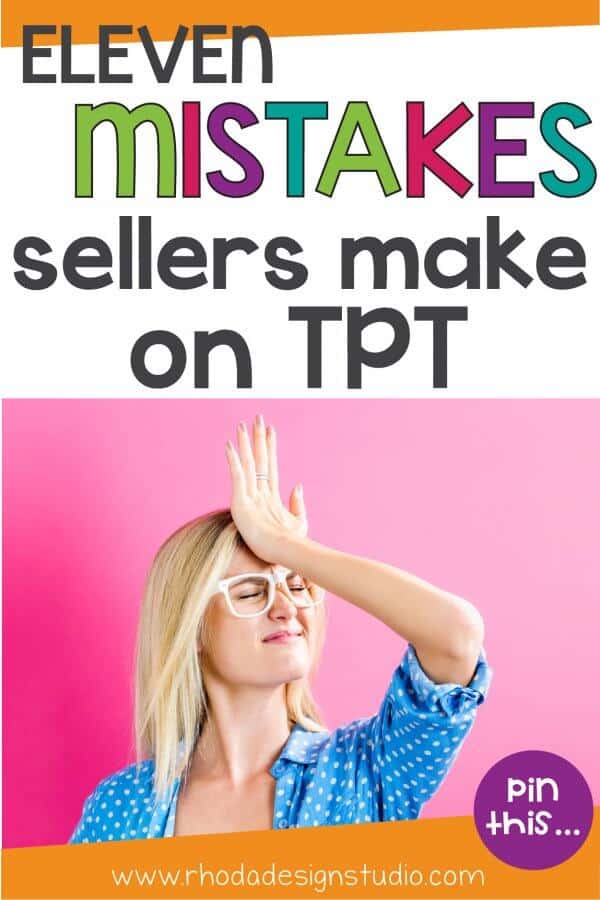


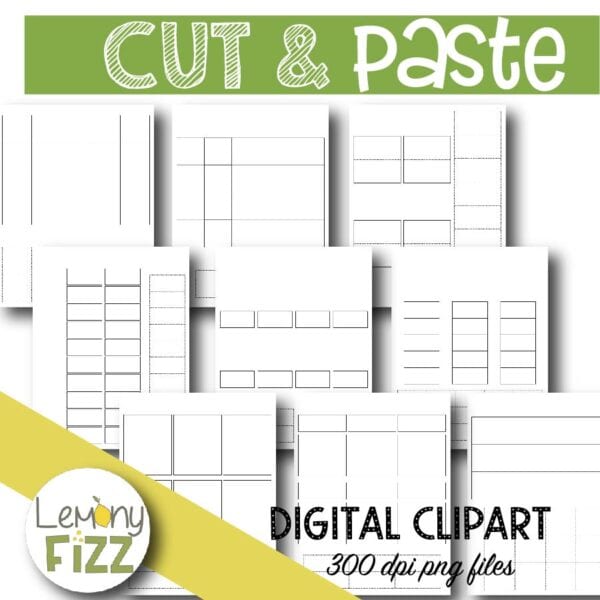
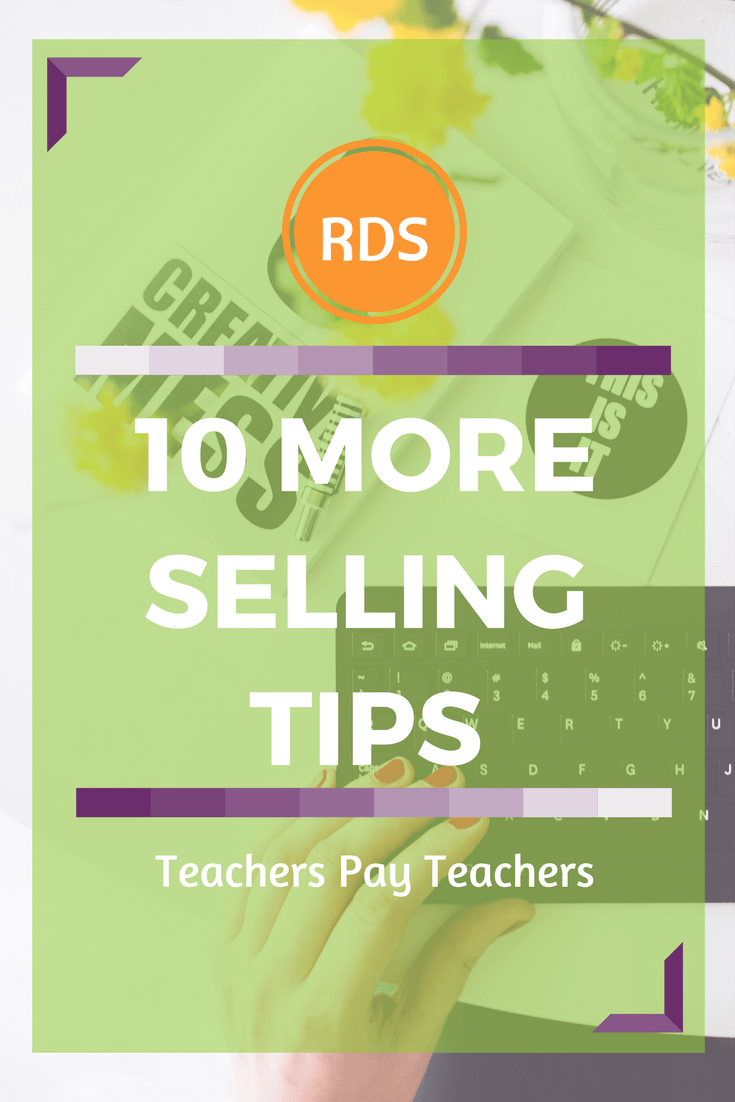

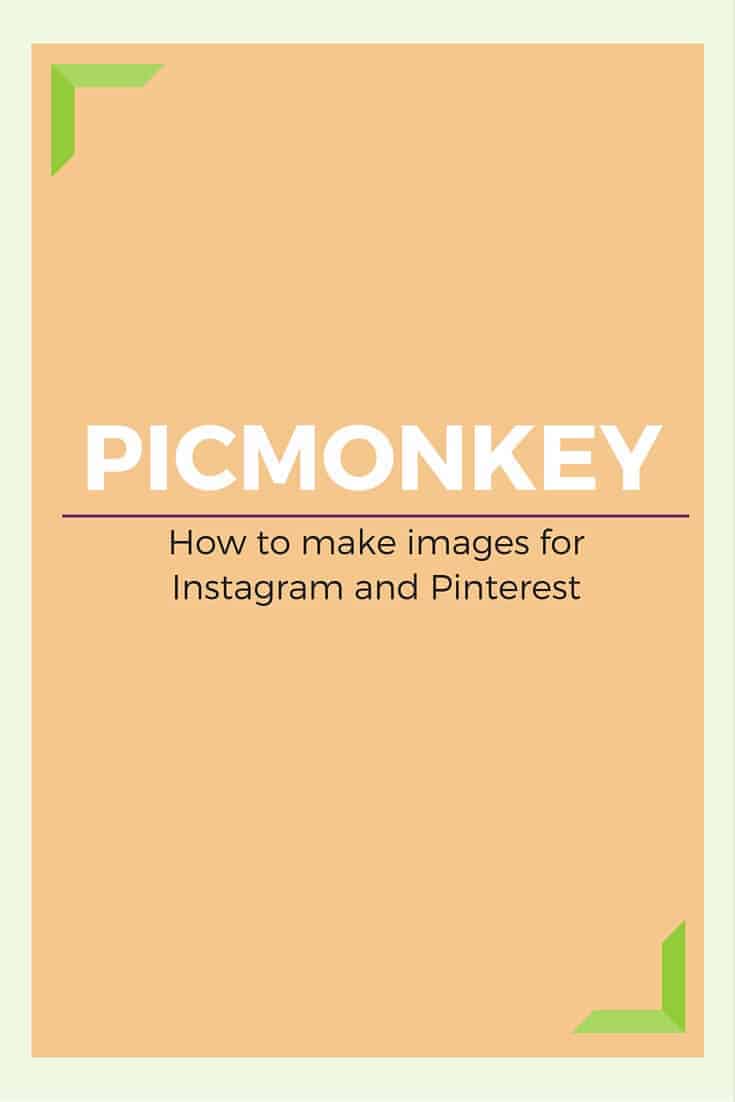
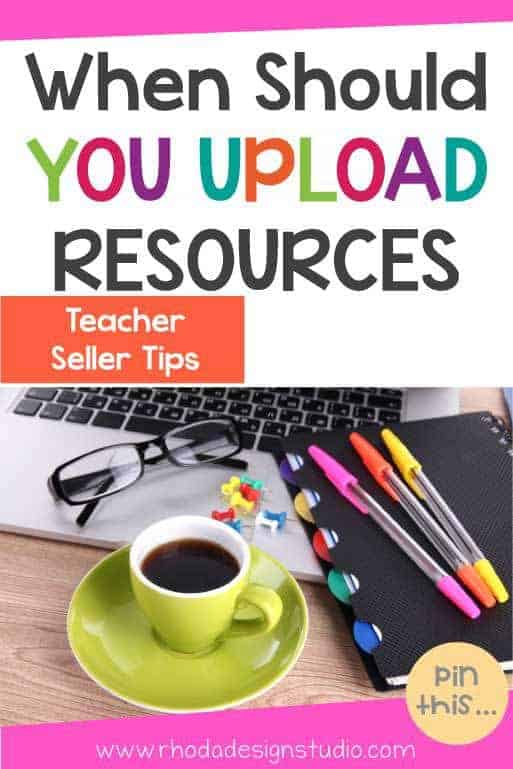
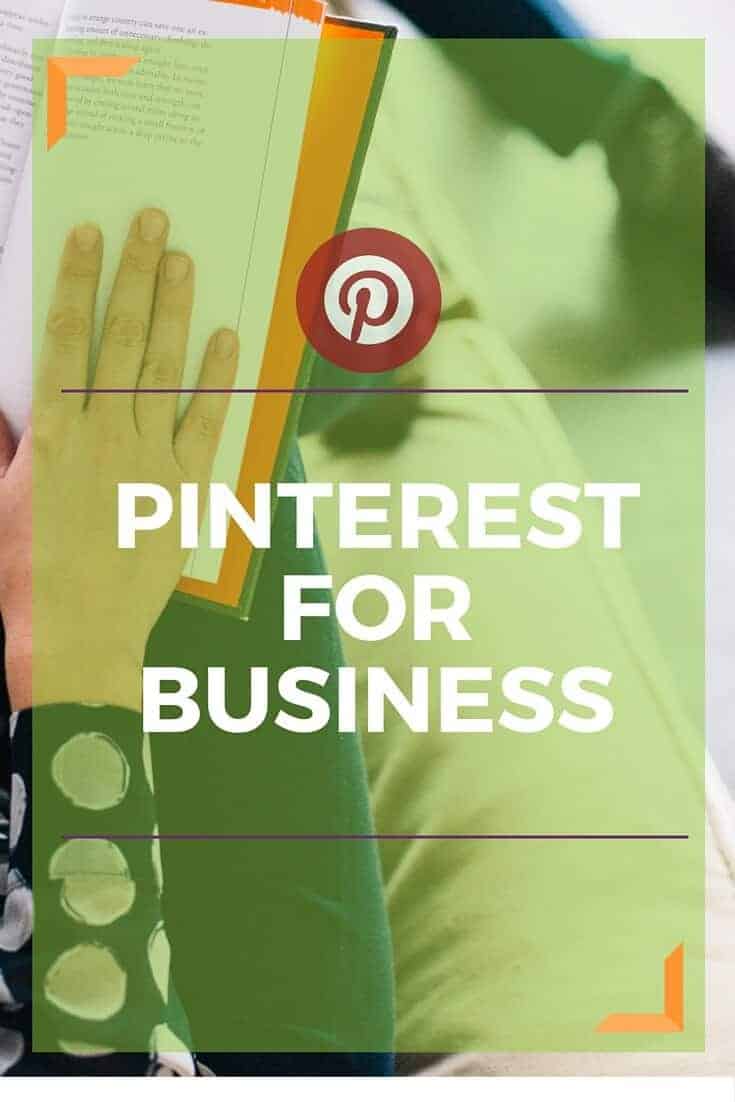
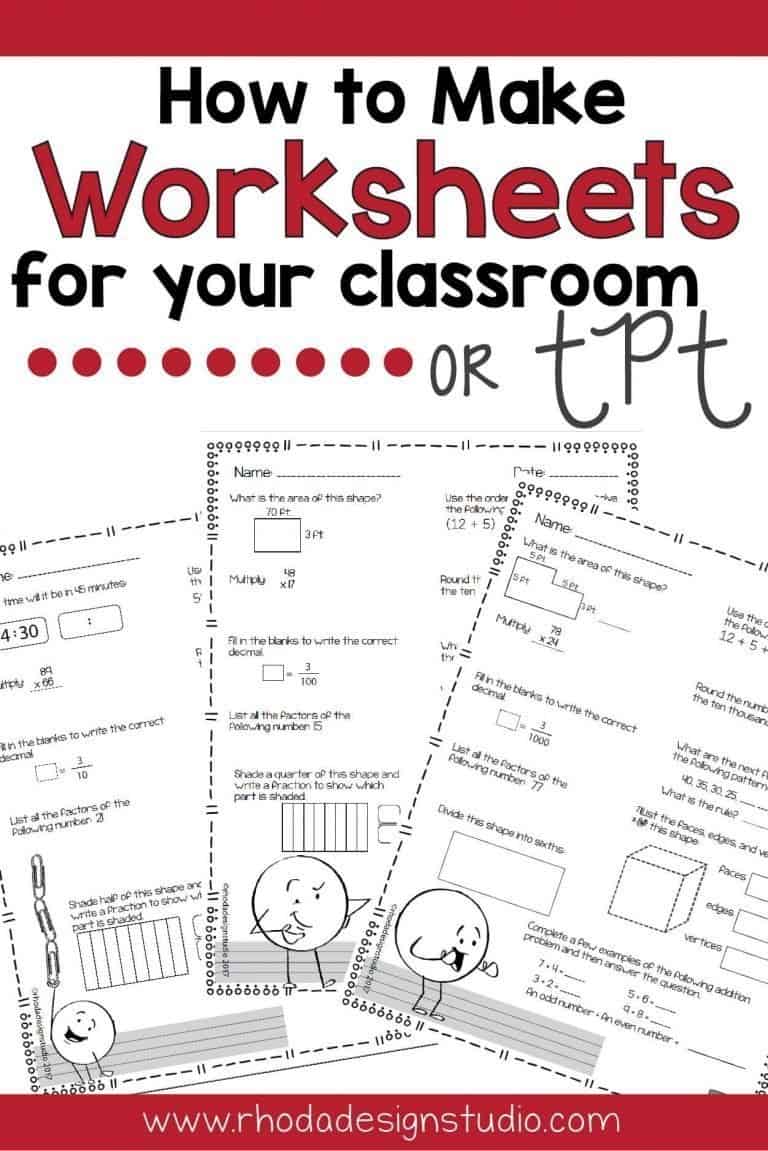
These tips are so helpful! It’s amazing how the little things can make such a big impact for TpT sellers. Thanks for sharing your honest advice in this post.
It is very amazing how the little things make a difference. Somethings help you to move closer to success and some just waste time. Finding the balance is key. Thank you for your time and comment 🙂
Rhoda